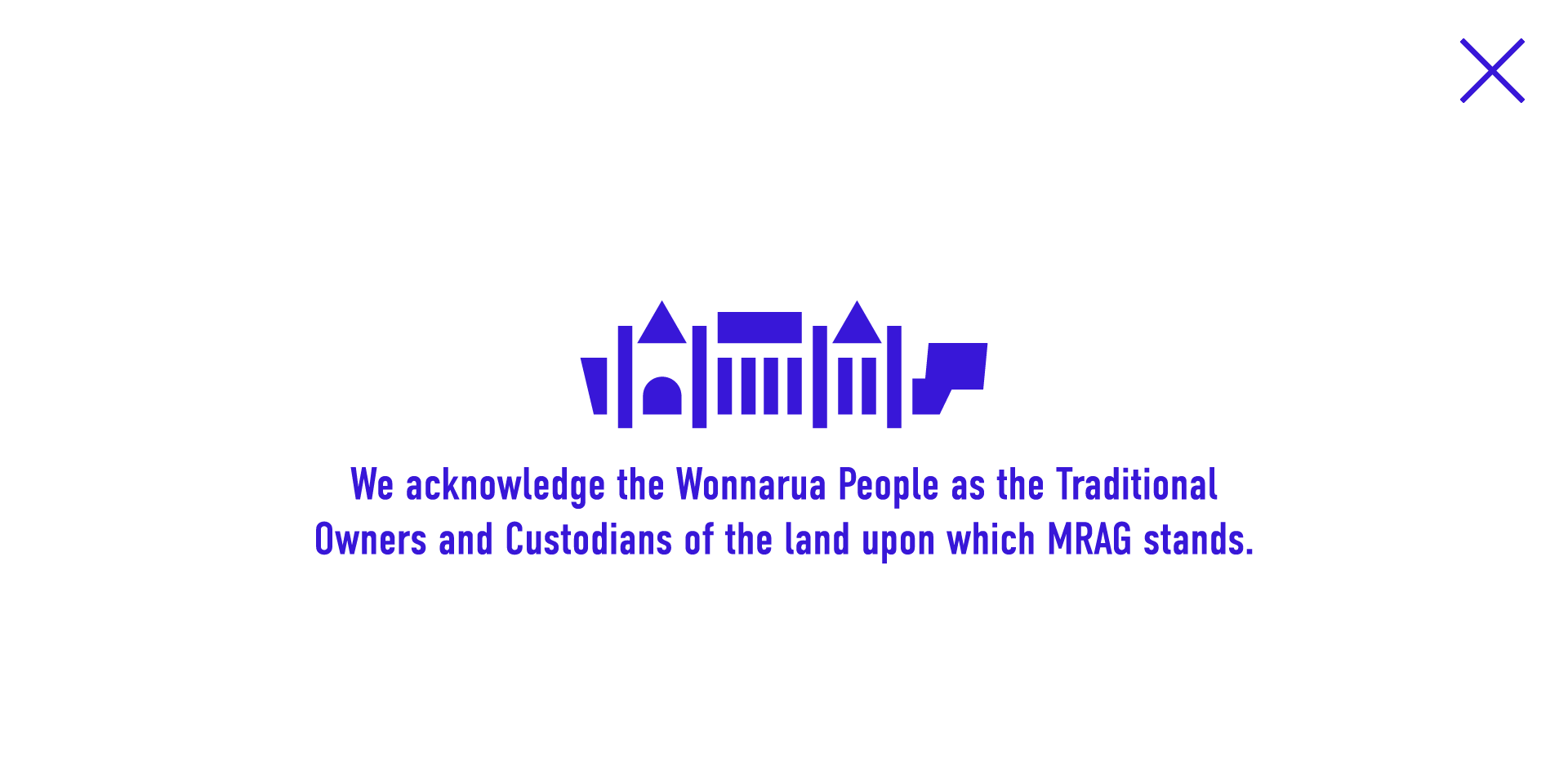Roy Jackson Retrospective 1963 – 2013
April 30 2016 — June 19 2016

Roy Jackson was a “painter’s painter”: a rare talent whose work spanning more than five decades explored and challenged the possibilities of representation and abstraction. Highly esteemed by his students, fellow artists and collectors, the power of his work is in its vitality and exuberant expression of visual sensations, dreams and memories combined with encrypted fragments of language and poetry.
His art also channels the patterns and latent microcosmic energy of nature in paintings such as Tidal or Rain; it can communicate a story, an emotion or an all-encompassing response to ‘that place, to that moment, to that time ’.
Jackson’s retrospective 1963-2013 closely follows its initial presentation at the Drill Hall Gallery ANU in Canberra, which was prepared in consultation with the artist before his untimely death at the age of 68. In 2013 Jackson was painting at the height of his powers, knowing that time was short yet achieving masterly new expression in his art as evidenced by his epic Clinamen series inspired by the world of nature and ancient Greek philosophy and atomic theory.
The exhibition includes over fifty paintings, drawings, sketchbooks, and collages specially chosen by co-curators Sioux Garside and Terence Maloon to represent the exhilarating breadth of Jackson’s work seen in the context of a lifetime of uncompromising risks, philosophical and aesthetic exploration and a dedication to ‘action painting’.
The retrospective is accompanied by a colour catalogue featuring an introduction to Jackson’s work by Terence Maloon, Director of the Drill Hall Gallery ANU. A comprehensive new monograph presenting more than 160 artworks in full colour with interviews and selections from the artist’s diaries and writings has been produced to promote Roy Jackson’s oeuvre to a wider audience.
Roy Jackson was a prolific and an intense seeker of knowledge with an inspired poetic imagination. These traits along with his natural spontaneity and pleasure for the creative phrases and spaces of jazz inspired and structured the rhythm and pulse of his mark making. Combine that with embedded symbols and linear fragments of text drawn and scratched in multi-layers of paint of vibration inducing colour and subtle tones and you have Jackson at his best – an unbeatable painter of abstractions drawn directly from life – a life intensely lived, yet well examined and well read. His intelligent creativity was fuelled by a commitment to painting and drawing every day. In this regard he continues the pattern of an artist completely dedicated to painting while remaining as much as possible at a distance from the commercial imperatives of the art market – free to experiment and innovate.
Jackson’s achievement was to take the materiality and experience of life and transform its meaning into a form of philosophical based painting based on a sensory experiences and of memory, feeling and thinking.
As curators we had the freedom to look into all aspects of his painting life but sometimes there were particular works that Jackson felt passionate about and these became significant for the retrospective. It might be that a particular painting conveyed a special time, place, person or dream of such intensity that the painting was forever freighted with meaning for the artist. Greece, Wedderburn in NSW and Jowalbinna in Cape York far north Queensland are just such places.
The Jowalbinna campsite in Quinkan country is a wild pristine environment long inhabited by Aboriginal people and abundant with evidence of their creativity and spiritual symbolism embedded in rock art. The Aboriginal traditional way of living was deeply connected in nature and this had a particular correspondence for the way Roy wanted to live and paint. Jowalbinna represented something he had been searching for in his work, something uncomplicated and direct, both ancient and uniquely Australian that he could connect with and free him from his English art school training and art historical European analytical thinking about art-making towards the instinctive gesture, unconditioned, deeply personal and essential. Camping and painting in Quinkan country also gave him the feeling of freedom and wonder he had felt in his first experiences of Australia as a boy. “Nature informs all my work, and I have always wanted to try to use paint and colour to get as close as I possibly can to the earth.
It was Jackson’s identification with country, the microcosm and macrocosm of nature, Indigenous rock art and especially the example of Tony Tuckson and Ian Fairweather’s unique paintings and lives that helped Jackson to become a significant Australian artist.
30 April – 19 June 2016






